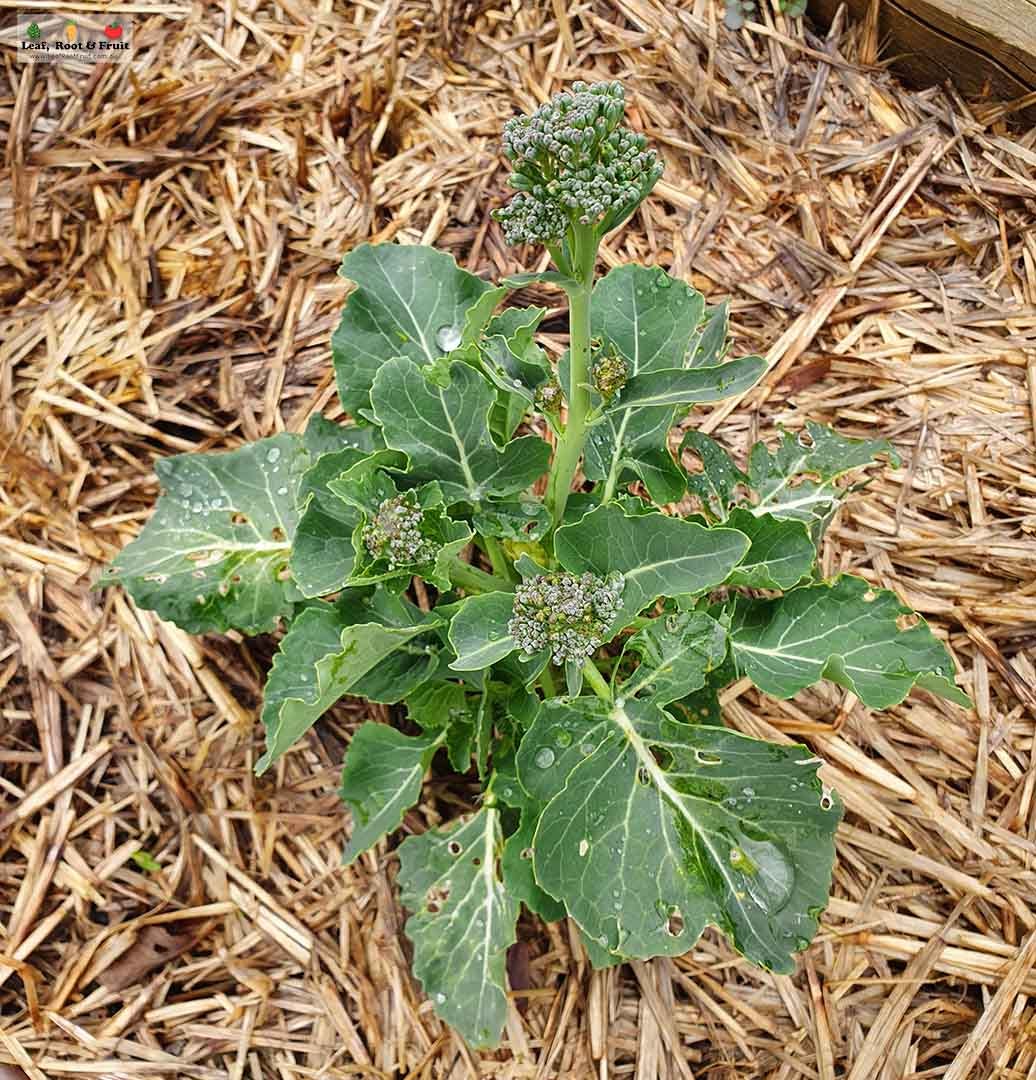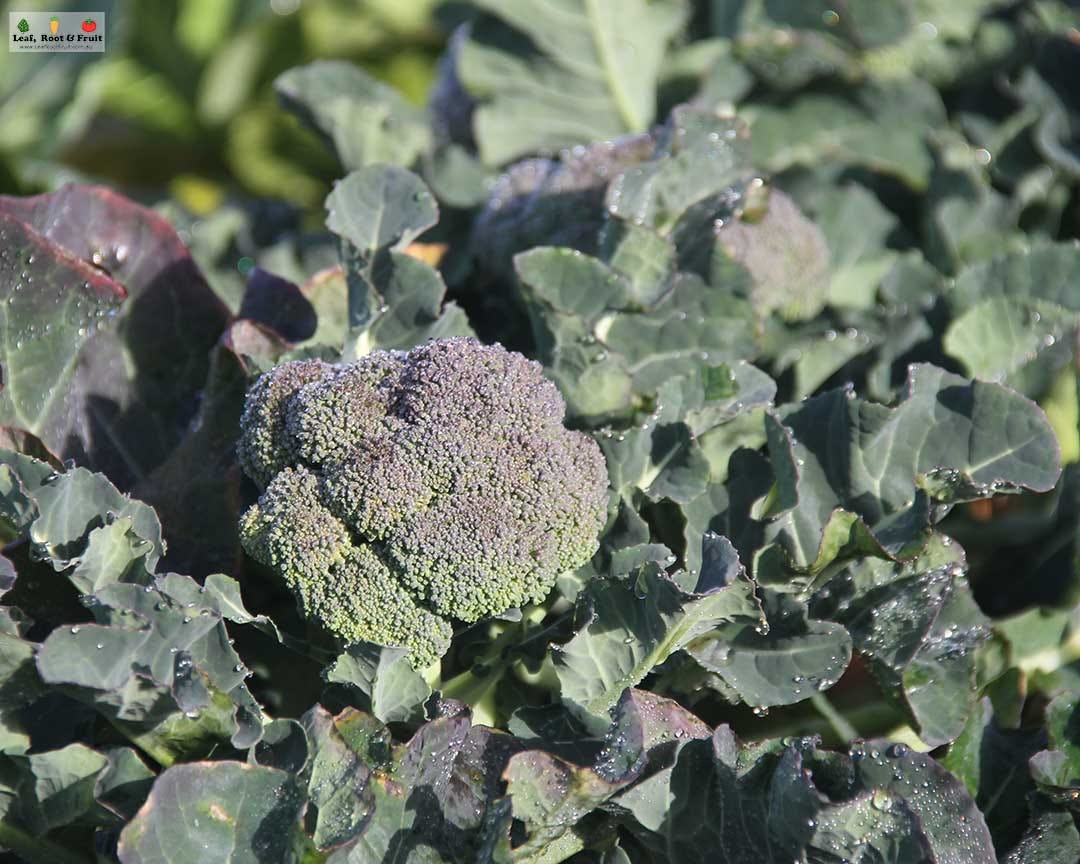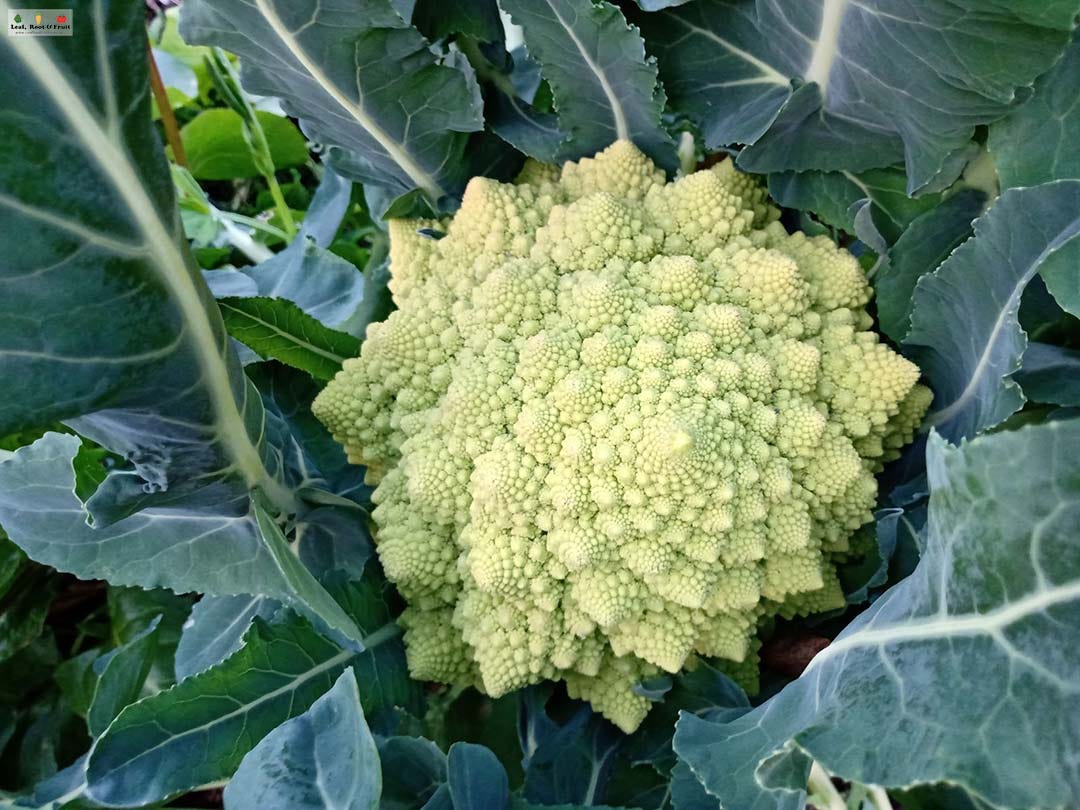At the start of the growing season everyone in my family loves broccoli (or “trees” as the kids call it). It’s tender, delicious and packed full of fibre and nutrients. I grow so much broccoli that after a month or so of eating it several times per week, the whole family is over it. After a six-month broccoli glut, we’re begging for mercy!
Broccoli is fun to grow, especially as it can turn around a harvest far quicker than cabbage, cauliflower, and especially Brussels sprouts. Our kids love to eat it raw, right there in the patch, and many other parents tell me the same thing. But if you cook it and serve it on a plate, the kids just turn their noses up at it. Growing broccoli at home can be a sneaky way to get your kids eating more vegetables (a bit of reverse psychology may help… “Whatever you do, kids, don’t pick and eat that broccoli!”).
Sprouting, heading, in between and “total nerd” broccoli
Growing broccoli is super easy and can be very rewarding, and there’s a mountain of choices when it comes to variety selection.
There’s sprouting broccoli that produces small shoots over a long season. Perfect for small households and adding to stir-fries.
Monster varieties are the opposite. Some of my varieties regularly produce heads of broccoli over 40 cm in diameter.
There are even some varieties that do a bit of both. They start by producing a medium sized head and then send up plenty of side shoots as a follow-up.
Then there’s the colour choice. I tend to stick to your standard green, but there’s also purple broccoli.
Finally there’s the broccoli for maths nerds. Broccoli Romanesco grows in a spiralling fractal pattern. That pattern follows the Fibonacci sequence. Technically broccoli Romanesco is a cauliflower, not a broccoli, but they’re the same species, so we’re splitting hairs. I’m including it here because of its common name.
Wherever your preferences in broccoli lie, there’s a variety that perfect for you.
Common problems when growing broccoli

One of the most annoying aspects of growing broccoli is slugs. They’ll destroy young seedlings and can even find their way into the broccoli head itself.
White Cabbage Butterfly can wreak havoc on young broccoli seedlings and all other brassicas. Read more on how to avoid this problem here.
A range of fungal diseases affect brasscias. I find they are best overcome with good airflow and careful variety selection.
Rats can be a real pain when it comes to growing broccoli. They love to eat the developing broccoli heads. You can read the story of how they wiped out the first crop I ever grew in a rental property and what to do about them here.
One of my biggest issues with growing broccoli is a deficiency of the nutrient boron. If you grow in sandy soil or a high rainfall area, you may notice it too.
The following posts in the Vegetable Patch from Scratch series will give you more information on:
Myth-busting: it turns out broccoli does play well with others
Allelopathy occurs when plants secrete substances into the soil that can harm other plants. Eucalypts and pine trees are fine examples of allelopathic plants (avoid putting the vegetable patch near them).
There’s a myth that broccoli can also produce allelopathic residues that affect other members of the cabbage family grown in the soil in future years. It’s touted as a good reason for practising crop rotation and growing brassicas in a different spot each year.
However, there’s no scientific basis to this claim. I have grown brassicas in the same garden beds for years without an issue. By all means rotate your crops for other reasons, but brasscias are not allelopathic.
The nitty-gritty of growing broccoli: phenology, varieties and planting
Timing
This chart shows the best times to grow broccoli based on my experience of growing these crops in both Melbourne (warm temperate) and Kyneton (cool temperate), both in south-eastern Australia. The timing is applicable for growers in the same climates across the southern hemisphere. Northern hemisphere folks will need to adjust the timing by six months.



